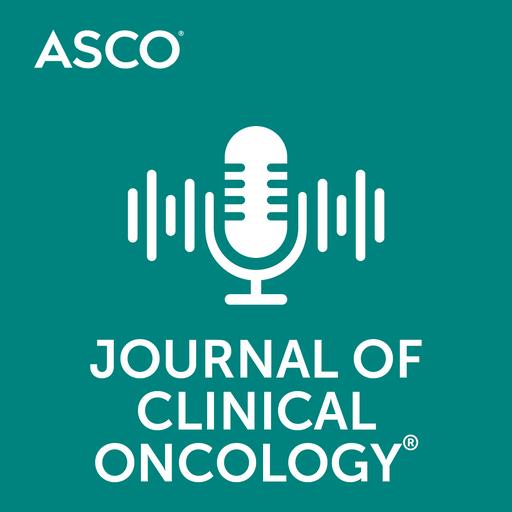
31 May 2025 12:00
JCO at ASCO Annual Meeting: TTFields in Locally Advanced Pancreatic Adenocarcinoma
JCO Editorial Fellow Peter Li and JCO Associate Editor Eileen O'Reilly discuss the ASCO 25 Simultaneous Publication paper "Tumor-Treating Fields with Gemcitabine and Nab-Paclitaxel for Locally Advanced Pancreatic Adenocarcinoma: Randomized, Open-Label, Pivotal, Phase 3 PANOVA-3 Study."
TranscriptThe guest on this podcast episode has no disclosures to declare.
Dr. Peter Li: Hello, and welcome to our 2025 ASCO Annual Meeting series, where we cover some of the top JCO papers published simultaneously with their abstract presentation at this year's meeting. I'm your host, Dr. Peter Li, and I'm joined by JCO Associate Editor Dr. Eileen O'Reilly to discuss the Journal of Clinical Oncology article and abstract presentation "Tumor Treating Fields with Gemcitabine and Nab-Paclitaxel for Locally Advanced Pancreatic Adenocarcinoma: Randomized, Open-Label, Pivotal, Phase 3 PANOVA-3 Study."
Now, let's start with the relevance of the article. Eileen, can you explain this study to our listeners?
Dr. Eileen O'Reilly: Thanks very much, Peter, for the invitation today to discuss this. Yes, so this is a positive phase 3 trial that was conducted in locally advanced, unresectable pancreas cancer. Patients were randomized to receive either gemcitabine and nab-paclitaxel, international standard, with or without tumor-treating fields. And this is a device like a battery pack that you would wear with a goal to wear that approximately 18 hours a day. And the primary endpoint of this study was overall survival, with key secondary endpoints of tumor response, progression-free survival, looking at pain-free survival, and distant progression-free survival.
So, the primary endpoint was met with a median overall survival of 16.2 months compared to 14.2 months on the intervention versus control arm, with a hazard ratio of 0.82. And so that met the pre-specified boundary. There was not an increase in progression-free survival, but there was an increase in control of pain on the tumor-treating fields study. So, it was a large, global study, community, academic sites, randomized 570 people, and it supports what I think we've seen in other difficult-to-treat malignancies using tumor-treating fields, that there's a signal of interest.
Dr. Peter Li: Can you speak to some of the strengths and weaknesses of this study?
